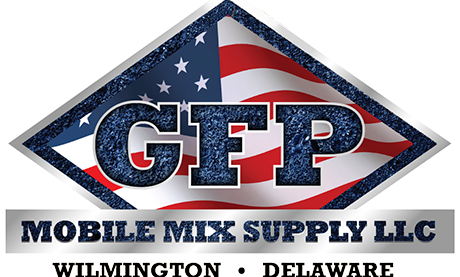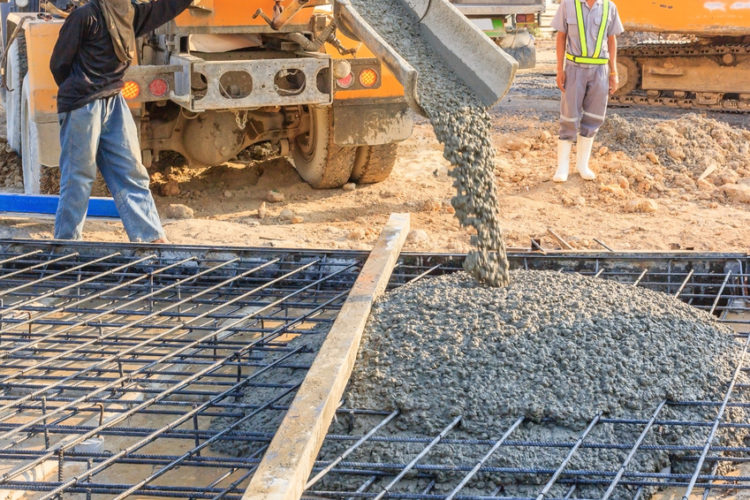All industrial environments have risks and hazards, although some are a little bit riskier and more hazardous than others. Fortunately, OSHA is there to keep workers safe and sound, providing them with comprehensive solutions to the dangers of the job. Although we can’t protect from and prevent every health risk associated with concrete manufacturing, knowledge always help; here are some concrete safety tips to implement in your concrete company today.
- Cement dust: Exposure to the minuscule particles can irritate the eyes, nose, throat, and upper respiratory system. Since anything but oxygen in your lungs is bad, commercial concrete work requires most employees to wear respirators (P-, N- or R-95) to minimize cement dust (of which portland is the most common) inhalation. Skin contact can either cause mild irritation or severe chemical burns, and everything in between. Exposure to silica, one of the key components in cement, can lead to lung injuries including silicosis and lung cancer. Concrete safety simply involves being smart about exposing yourself to such an irritant — wear your respirator whenever you’re around cement dust, avoid eating or drinking in areas that contain it, and wash the dust off your skin with soap and water.
- Wet concrete: Like cement dust, wet concrete is excessively irritable. When it comes into contact with skin, wet concrete has the ability to cause first, second, or third-degree chemical burns. Solutions surround safety gear: alkali-resistant gloves, long sleeves and full-length pants, water-proof boots, and eye protection. If prevention fails, wash the area with cold, running water as soon as you can — eyes splashed with wet concrete should be rinsed for at least 15 minutes and then seen by a doctor immediately.
- Machine guarding: Most industrial machines can cause injuries if proper safety measures are not followed. When you’ve been working for eight hours, it can be easy to forget these steps, but unguarded machines carry a lot of risks. Solutions involve paying attention: avoid jams but use care in their clearing — make sure someone knows what you’re doing so they don’t accidentally turn the machine back on –, ensure that the guards are in place on mixers, block makers, and cubers, as well as those on power tools.
The prevalence of concrete on our roads and buildings makes it one of the largest industries in the world. The adherence of concrete companies to these concrete safety tips is paramount to the continued safety of their employees.



